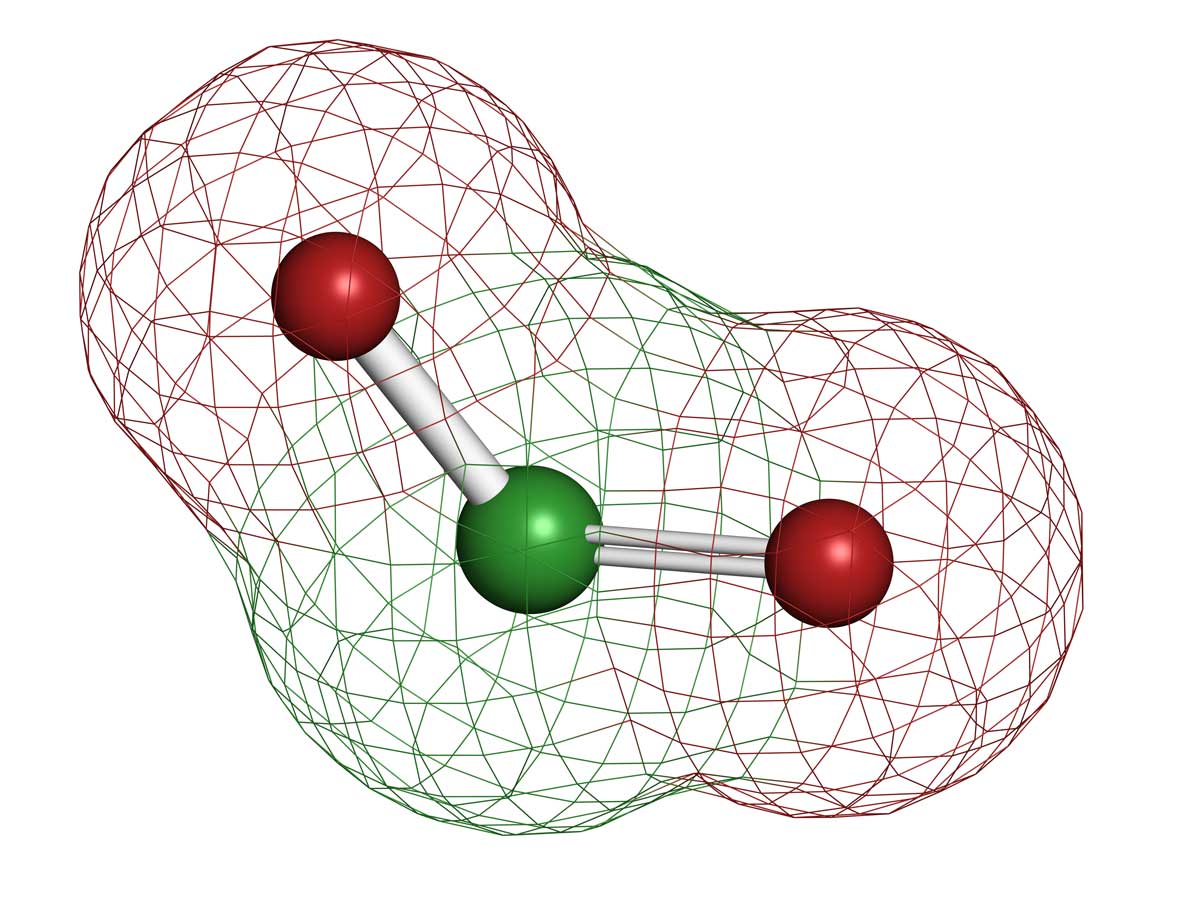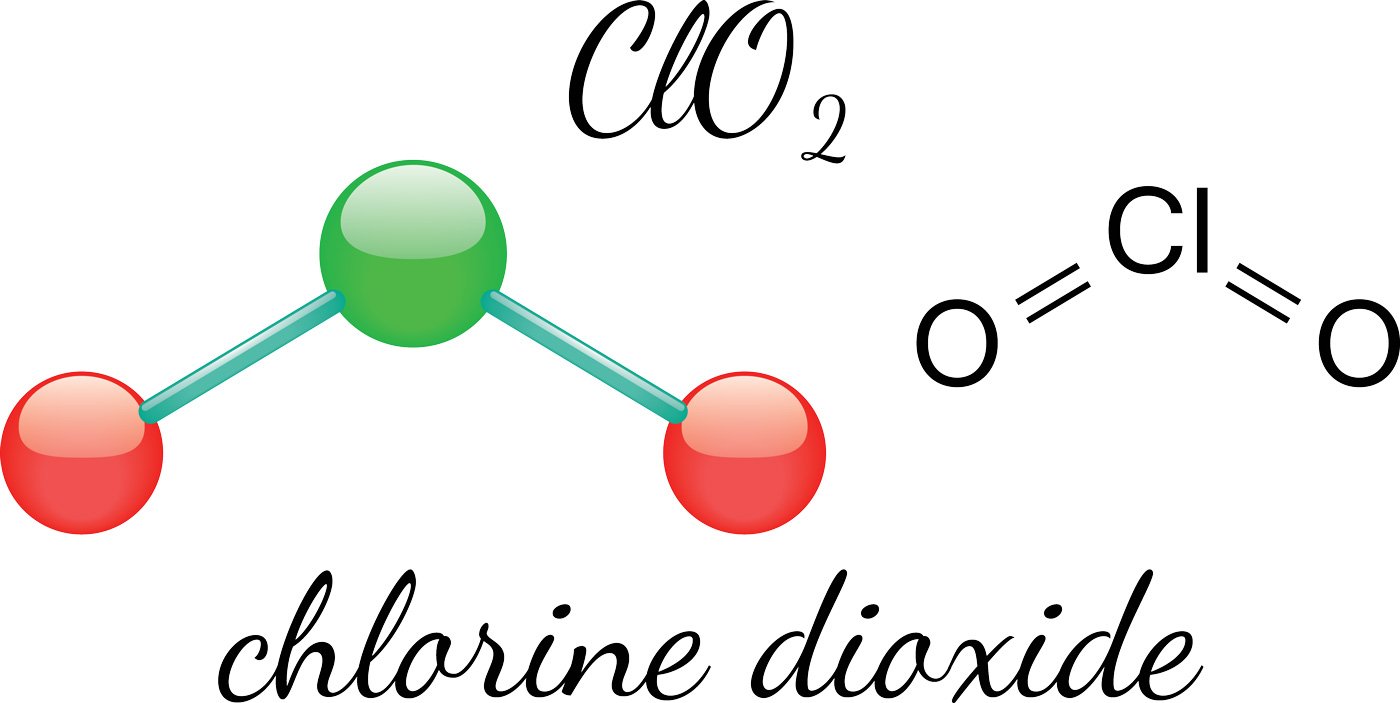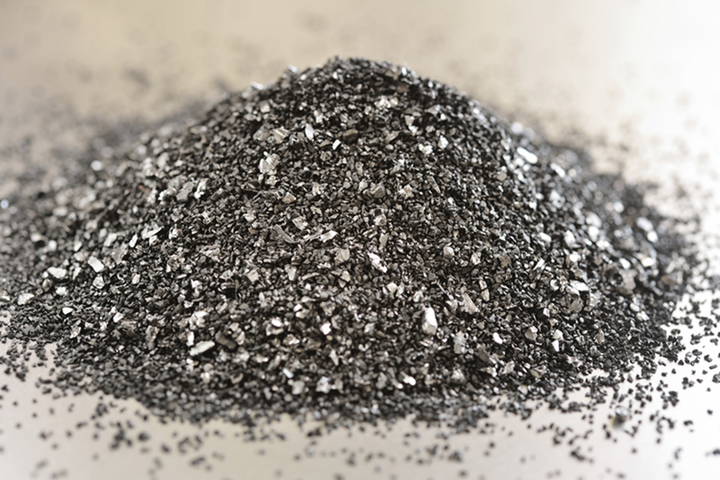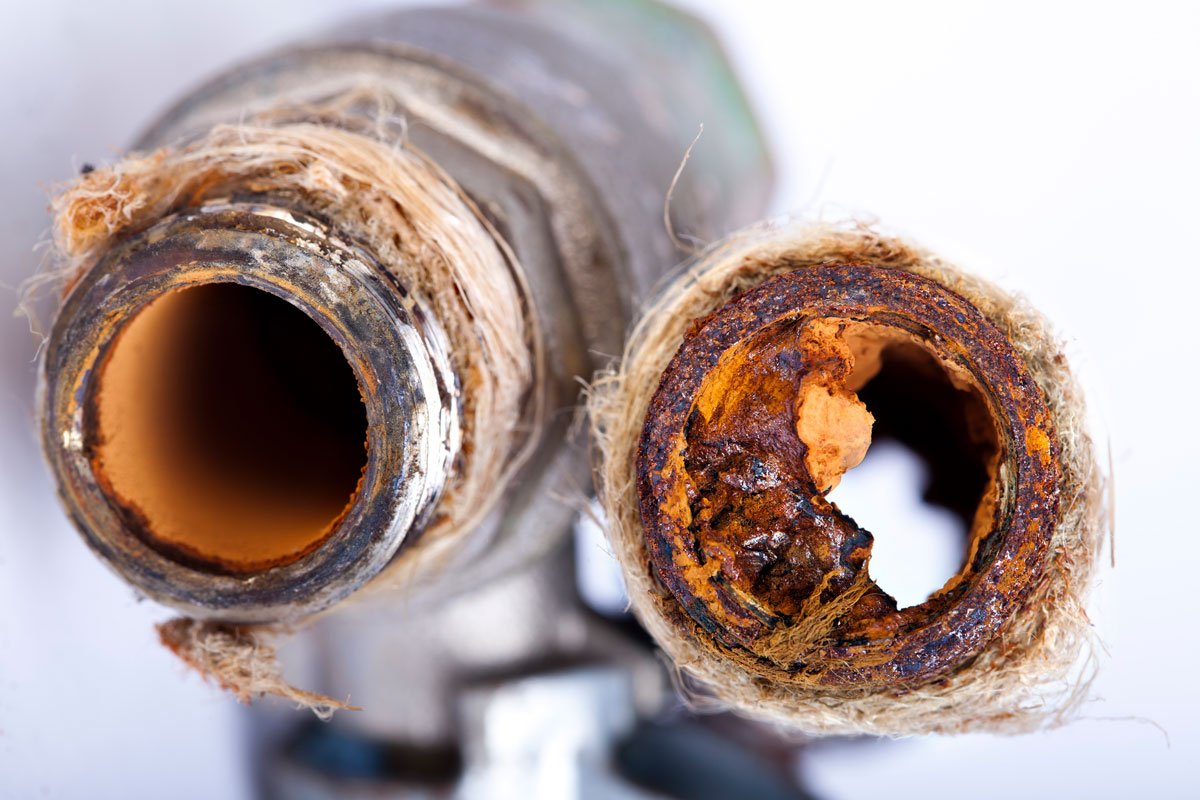
A Guide to Handling Lead in Drinking Water
How safe is our drinking water from lead?
In the last 2 years, measures taken in accordance with the Safe Drinking Water Act have greatly diminished lead poisoning presence in drinking water. Some metal water taps, pipelines connecting homes to the primary street pipe, or interior water pipelines might still produce such problems. We need to be sure that we have acceptable lead levels in drinking water and avoiding the negative health effects of lead in drinking water.
There is no other accurate method to remove the threat of lead in your drinking water unless you have it evaluated for its chemical composition. The presence of lead can not be detected by taste or odor, neither can you see the lead particles, as they are tiny. Another method is to ask your water company what the lead concentration in the water is. They will need to obtain water samples and take it away for testing.
FACT: Damage lead poisoning cannot be reversed
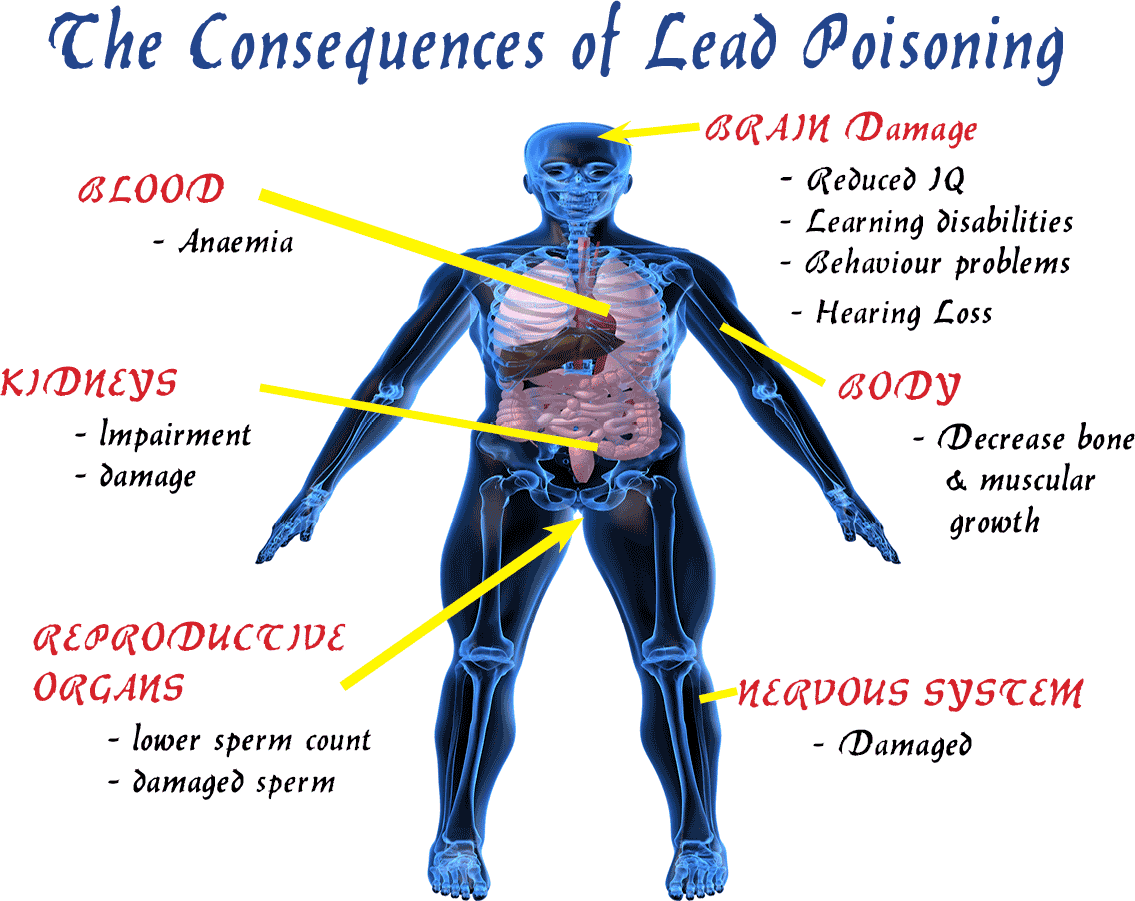
Acceptable lead levels in Water Suppliers
If you are linked to a private supplier, they ought to have such details offered. Public water companies likewise take this problem into account, and you can usually get some precise and in-depth answers to your questions. Prior to calling your company, you may likewise want to attempt their site, where such info is generally posted. In either scenario, the companies would have to go to your site to obtain water samples to assess the lead levels. Lead poisoning in drinking water levels may accumulate along with the distribution.
Has the levels of lead reduced in our water?
To use of lead poisoning in water has dramatically dropped over the last few decades, and as a consequence, the levels of lead are not at the same high levels. It has reduced the risk for the majority of people. However, it is an element worth looking at. Health problems can occur if acceptable lead levels in drinking water are not met. The Environmental Protection Agency declared a level of 15 parts per billion (ppb) as the high limitation of lead concentration in drinking water.
Lead poisoning is more likely in old houses through the pipes and paint used the from around 1930 to 1970’s
Simple method to reduce lead water
A fast and simple way to reduce the levels of lead poison in drinking water in households is to let the water run for a few minutes prior to checking, especially if the water has not been used for a few days. Even if the water street pipeline includes lead, the exact same treatment can be used. Filtration systems used directly on tap might likewise considerably reduce lead levels that comes through your pipelines. Purification systems should be ideally used as well.
Are developed countries on top of this potential health issue?
In the last two years, procedures taken in accordance with the Safe Drinking Water Act have significantly diminished lead presence in water supplies. This results improved health effects of lead in drinking water. Some metal water taps, pipelines connecting homes to the main street pipeline, or interior water pipelines might still produce such issues. Another approach is to ask your water company what the lead concentration in the water is. In order to get rid of lead in water with excess lead, try to let cold water run for a couple of minutes.


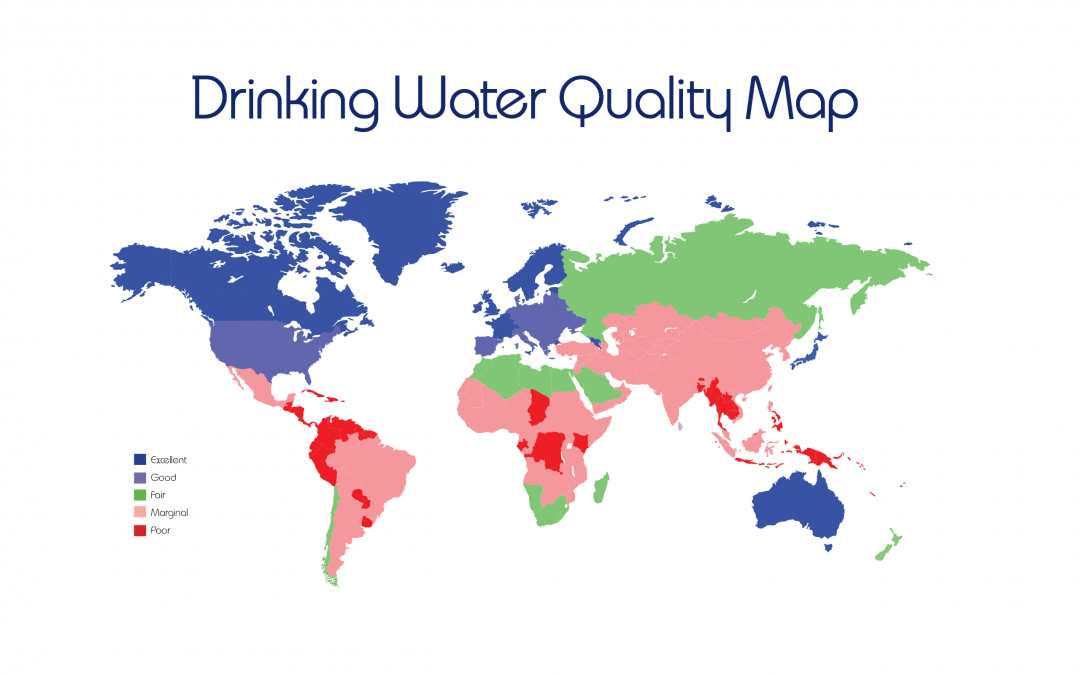

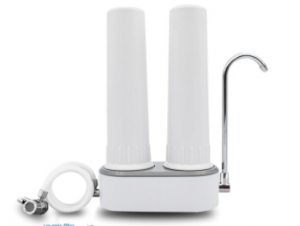 Most makers offer guarantees. In case of part replacement or breakdown, the service, for the most part, is timely and as much as the mark. Maintenance is similarly easy without any headaches. Price is constantly a big concern, but the majority of the systems are really cost reliable.
Most makers offer guarantees. In case of part replacement or breakdown, the service, for the most part, is timely and as much as the mark. Maintenance is similarly easy without any headaches. Price is constantly a big concern, but the majority of the systems are really cost reliable.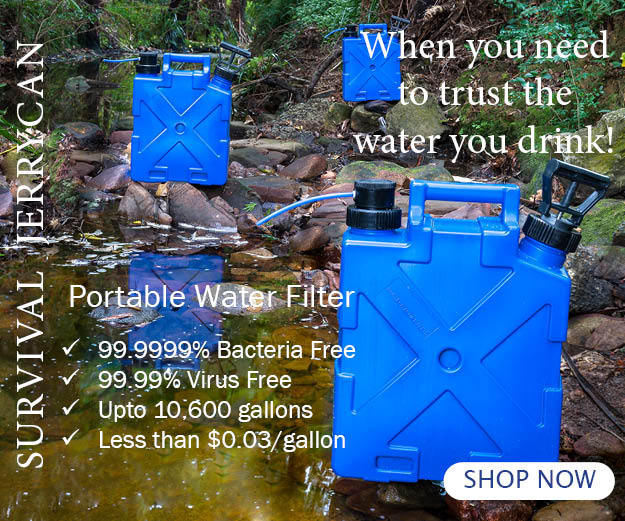

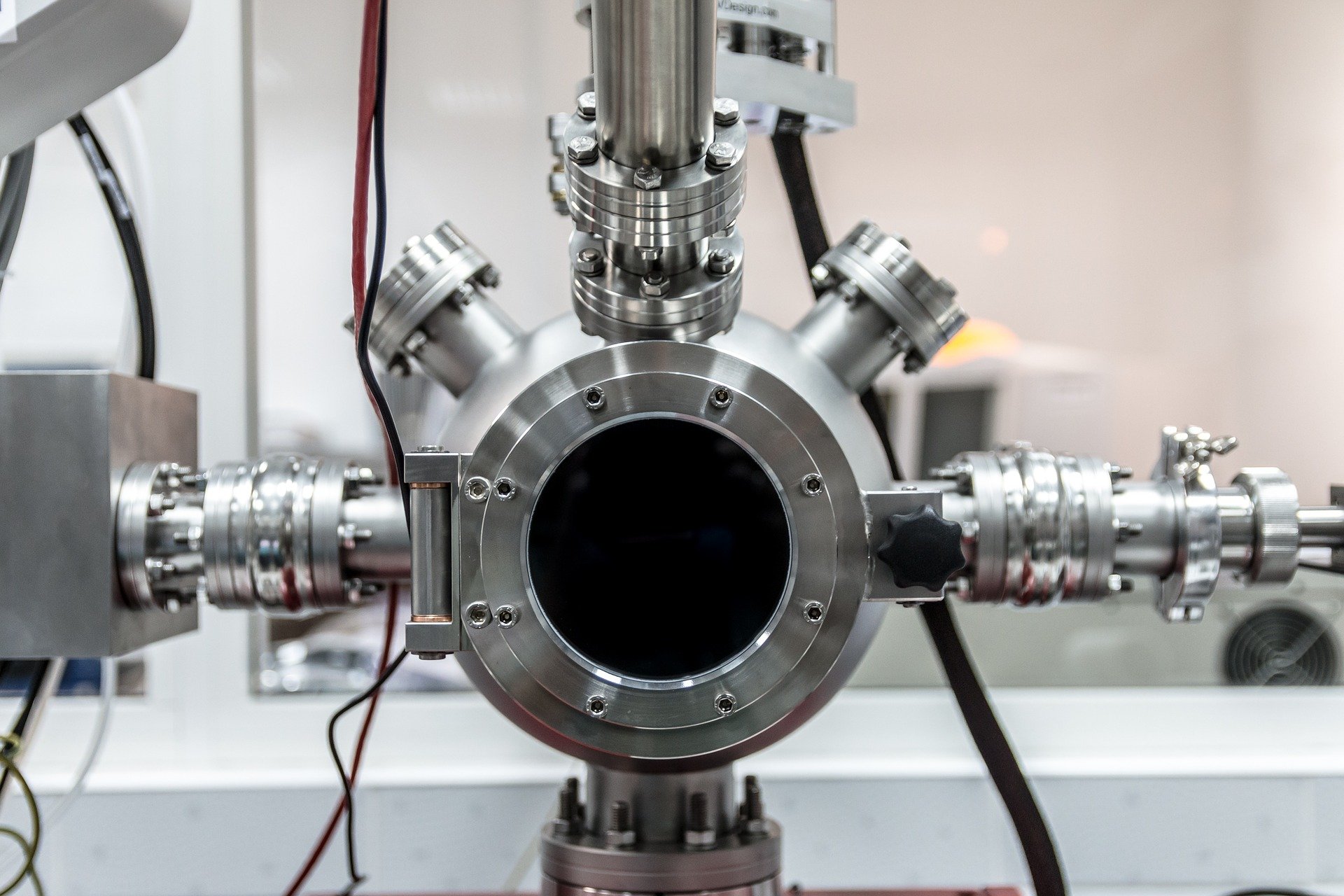
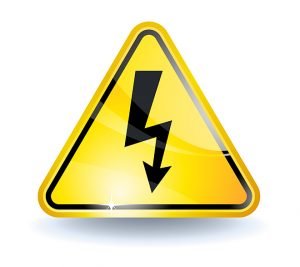 In spite of the numerous negative reactions to
In spite of the numerous negative reactions to 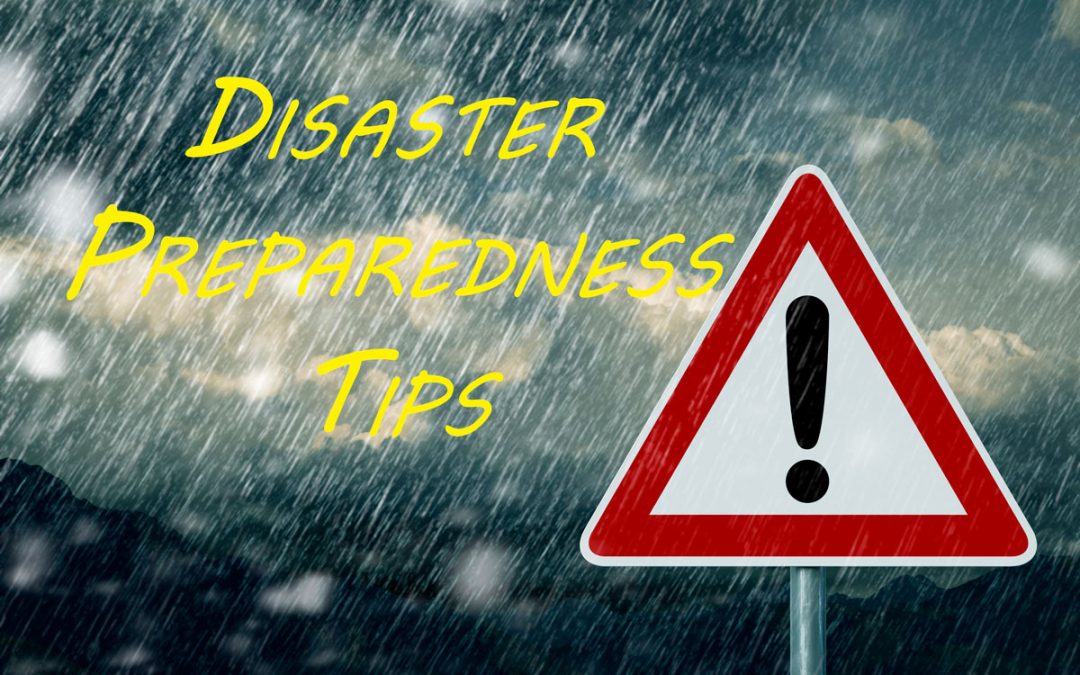
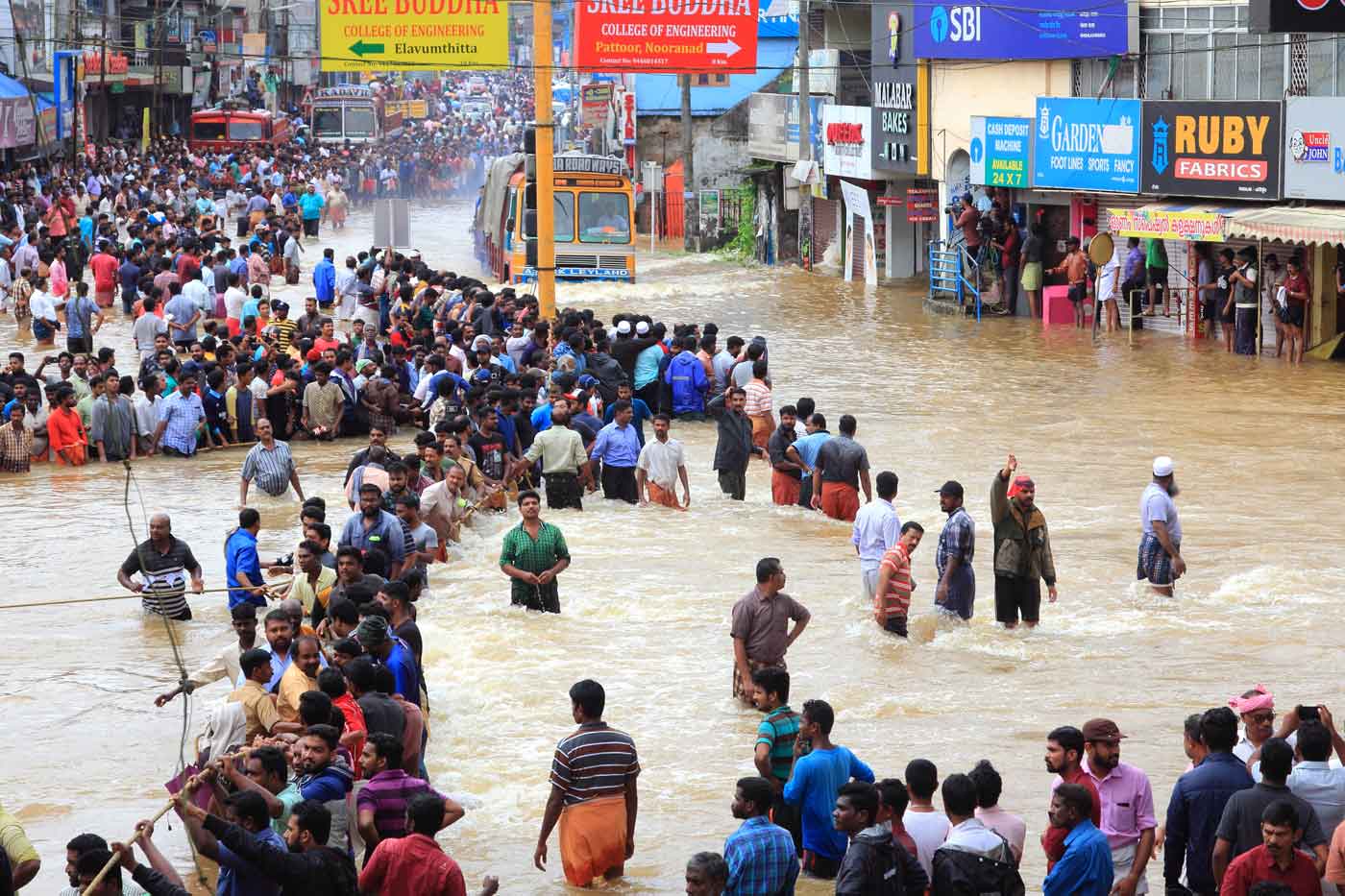
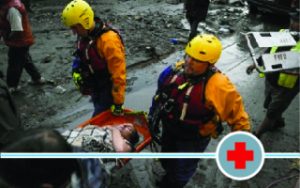 Besides your water filter or packaged water, food, shelter, lighting, a communication device (radio), waterproof matches, and tools, you will also want to figure out other things that you may find useful if your survival situation is for an extended period of time. I keep three full kits (complete with MRE food and a portable water filter) packed away just in case I may need them sometime in the future. You will probably want to get a small emergency kit or disaster readiness kit to start with and add to it over time.
Besides your water filter or packaged water, food, shelter, lighting, a communication device (radio), waterproof matches, and tools, you will also want to figure out other things that you may find useful if your survival situation is for an extended period of time. I keep three full kits (complete with MRE food and a portable water filter) packed away just in case I may need them sometime in the future. You will probably want to get a small emergency kit or disaster readiness kit to start with and add to it over time. 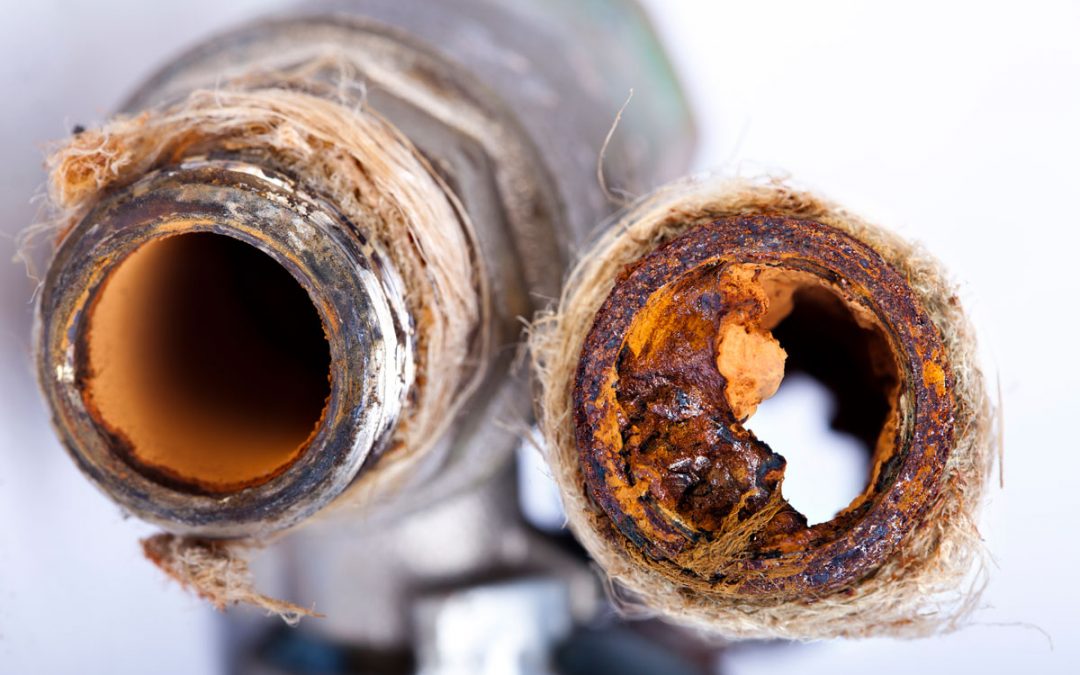


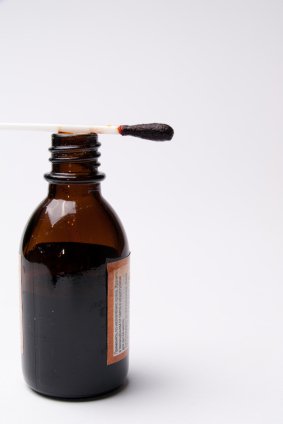 Iodine is a naturally occurring element and is present in many forms. It occurs naturally in the environment. Iodine reaches our waterways through a natural leaching process. It is also contained in table salt. At natural levels of concentrations, Iodine is normally safe for all. It is present in seawater and well as in tap water.
Iodine is a naturally occurring element and is present in many forms. It occurs naturally in the environment. Iodine reaches our waterways through a natural leaching process. It is also contained in table salt. At natural levels of concentrations, Iodine is normally safe for all. It is present in seawater and well as in tap water.